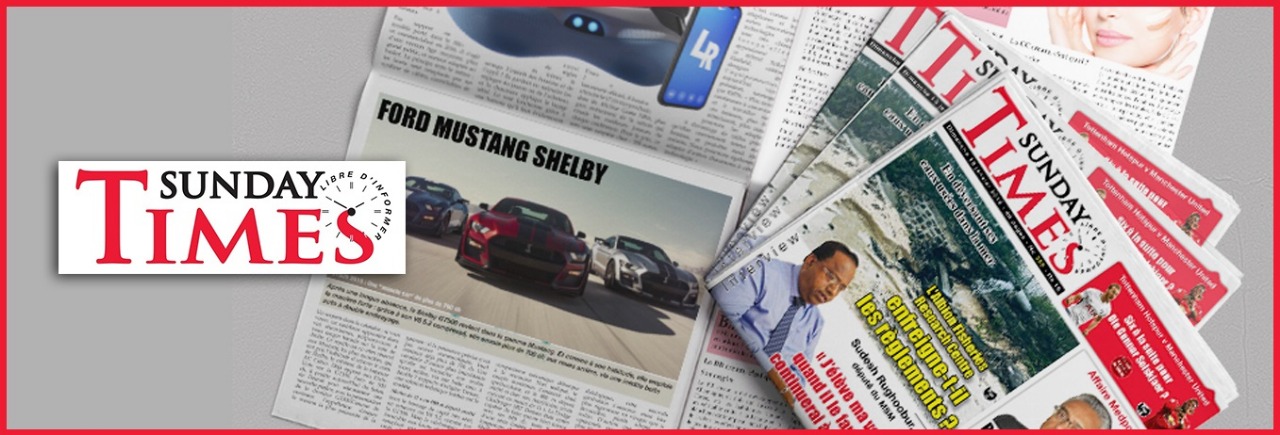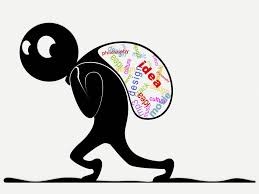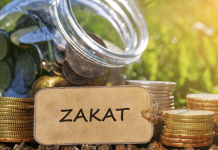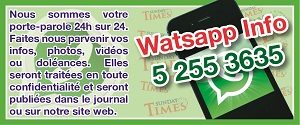By Muhammad umar
Use of Computers and electronic devices has made everything easy for us but at same, anyone can search, reach, copy/paste any data available and can own it, by just editing Author’s name, reposting by his/her own name etc and it can be news, research work, article, a photograph/image, audio or a video.
This unethical activity is called plagiarism. It involves both stealing someone else’s work and lying about it afterwards, or use of some ones’ work without permission and taking credit. Not giving him credit is also plagiarism and is considered THEFT ! or academic theft.
Plagiarism is not considered criminal or civil offense in many states, but it is illegal if it infringes an author’s intellectual property rights, copyright or trademark and an individual or company can sue for it.
Students gather data from internet to generate their home-tasks or assignments effortlessly, and this can end by re-sit in Exams, cancellation of degree or fine or Both, according to law of a state or institution. Today, we will discuss its types and ways to prevent from this using IT, and to figure out where and who is using your work!
Let us divide data into three categories based on its type:
- Text plagiarism is most spread in the world, it is done to impress, to do articles effortlessly and time efficiently for both educational and professional tasks and at times to own someone’s work. Today anyone by pasting a paragraph or pasting whole text-document can get analysis that how much of data has been copied and some softwares also reach to source where it is taken from. Many of us take quotes/text with no change as reference while writing, these softwares may mention them as plagiarism, therefore, many universities allowed a percentage of copied data to pass plagiarism test. This test can be done by installed and online softwares both, it is available for various languages with helping tools like; Proofreader, Grammar Check, Vocabulary Builder with accuracy of more than 90 percent. turitin, Ithenticate, plagiarisma, viper,Quetex and plagscan are known softwares and are available in free and paid versions.
- Image/photo is also considered intellectual property of artist/photographer or designer, Logos and water marks on photos are in trend to stop it’s usage but if it ever happens, IT has made it possible to trace it. If your photo has been used by someone online. you can trace and locate it today with the help of Reverse image, Tineye or copytrack.You’ll basically do a search using photo and this method can help you reach similar or exact same picture with publish date ,web address etc.
- Audio/video is also creativity and is property of its editor/recorder and its theft is rare and also tracing it is bit more technical than other types because of size of files, yet Gracenote and AudibleMagic are known softwares to locate duplicated/theft audios and videos.
At first place, we should make sure that we don’t leave our data/data devices accessible to everyone, also try to make it un-editable files or password locked, when we post for blogging or social media, we should mention that one can/cannot copy with/without permission, also leave a note for readers ,give credits to author, on websites we can block “right click option and Screen shots” using different softwares, Social media channels like YouTube already have copyright options, using it you can block/report your content if ever shared by anyone, and for photos, we can put watermarks on them to prevent from being reproduced. While using someone’s work, give credit/source or both to avoid any legal notice, blockage of our social media account etc.




![[Message de l’Eid-Ul-Fitr 2024] Atteindre la piété… Et après ???](https://sundaytimesmauritius.com/wp-content/uploads/2023/10/Bashir-new-218x150.jpg)


![[Democracy Watch Mauritius] The Rwanda genocide started 7th April 1994, 30 years ago. Has humankind learnt the lesson? Consider Israel’s action in GAZA today!](https://sundaytimesmauritius.com/wp-content/uploads/2024/03/democracy_0-218x150.jpg)



![[Message de l’Eid-Ul-Fitr 2024] Atteindre la piété… Et après ???](https://sundaytimesmauritius.com/wp-content/uploads/2023/10/Bashir-new-150x150.jpg)



![[Message de l’Eid-Ul-Fitr 2024] Atteindre la piété… Et après ???](https://sundaytimesmauritius.com/wp-content/uploads/2023/10/Bashir-new-100x70.jpg)